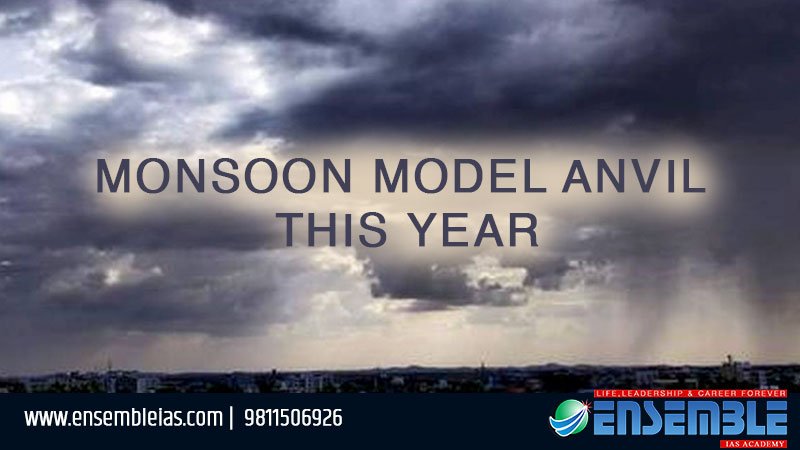The India Meteorological Department (IMD) may introduce new monsoon models this year to better forecast changes in rainfall.
At a day-long meet, via videoconference, involving several senior meteorologists across the IMD’s offices and those from affiliated climate research institutes, discussions took place on the accuracy of the existing models, emerging weather models and their strengths and weaknesses in capturing the vagaries of the monsoon and the extent to which they were effective, over varying time-scales, in forecasting heavy rain or an extended dry patch.
The monsoon that concluded in 2020 was unique, in that with monsoon 2019, it was only the third time in a century that India saw back-to-back years of above normal rainfall. In both years — and monsoon 2019 was a 25-year high — the IMD failed to forecast the magnitude of the excess and only indicated that monsoon would be “above normal”.
To buy our online courses Click Here
DS Pai, who heads the IMD’s Climate Research Services, Pune, said in his talk there were three different models that could be tested this year. Two of them were dynamical models and one a statistical model.
The three models under consideration are: 12 global circulation models (dynamical) whose outputs would be combined into a single one; a model that gauges rainfall based on the sea surface temperature in the tropics (developed by Prof. Sumant Nigam, University of Maryland, U.S.) and the statistical model based on climate variables observed during the pre-monsoon. All of them are ‘ensembles’ meaning smaller models are combined to arrive at an average value.
M. Mohapatra, Director General, IMD, told The Hindu that the traditional statistical model would continue to be used this year. “However, we will continue to have discussions and will decide later on what new approach can be added.”




